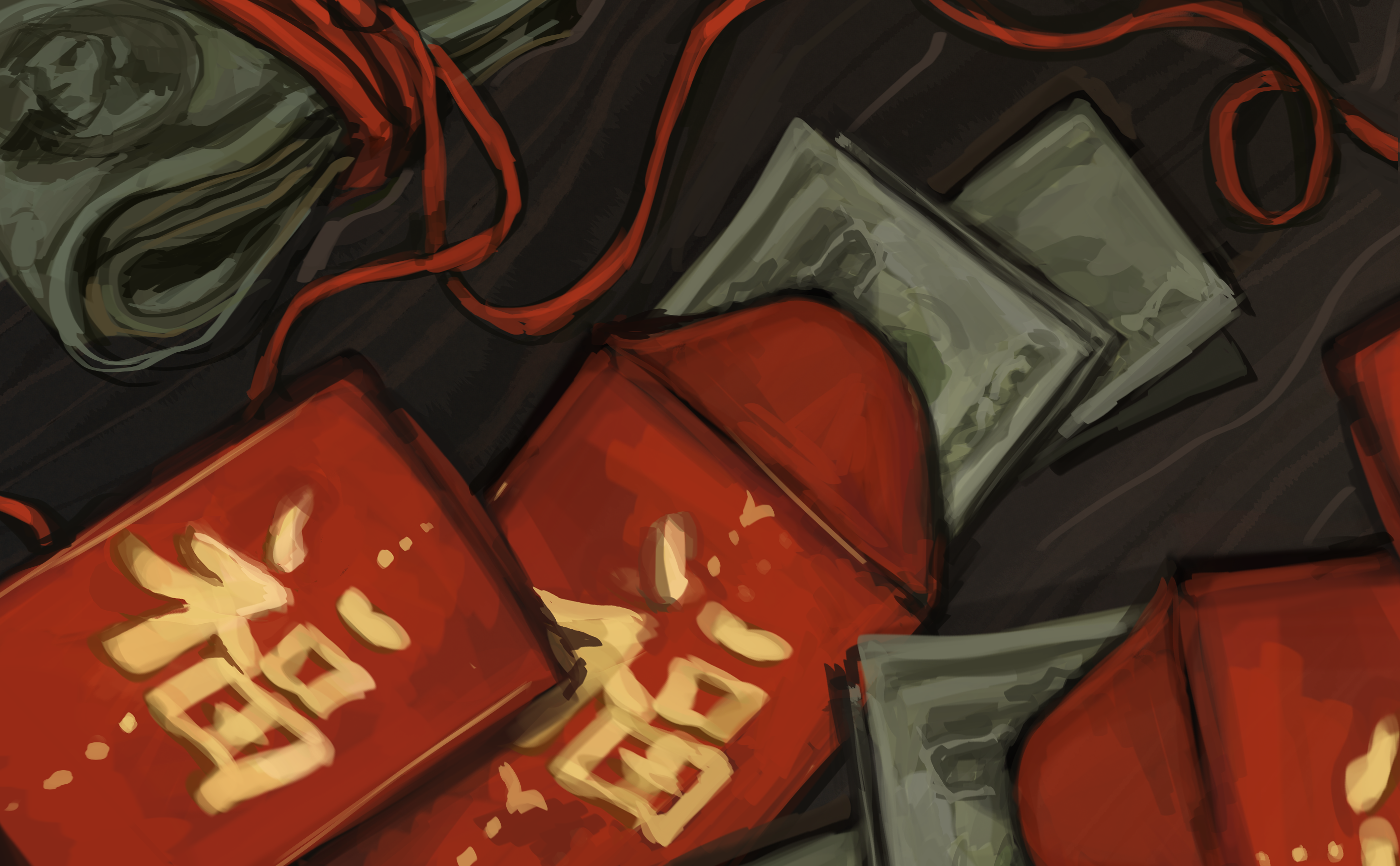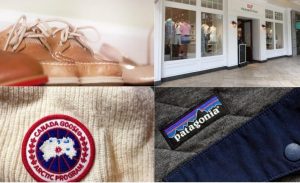“Discover this year’s holiday collection!” “Limited edition, while supplies last!”
Luxury and upscale fashion have long seized the opportunity to capitalize on holidays by creating special capsule collections. It’s a savvy strategy, given that luxury buyers are accustomed to purchasing for the sake of collecting, rather than wearing. As of late, the industry has eagerly discovered a new date to commercialize: come late January, companies are increasingly tacking “Explore the Lunar New Year collection!” onto their websites.
Western brands didn’t begin creating Lunar New Year (LNY) collections until recent years, but like all trends, once the bandwagon gets moving, it barrels forward at full force. Yet, with all things that demand precision and care, speed and quantity alone don’t—and can’t—guarantee success. Appropriately honoring a cultural holiday obligates a nuanced, comprehensive understanding of its traditions and history, and painting the canvas of a collection with perfunctory strokes only creates a campaign lackluster in artistry and tone-deaf in presentation.
LNY has never been a holiday centered around opulent consumerism; it’s a time that revolves entirely around family. Paradigmatically, the 春运, or Spring Festival travel rush, in China is the world’s largest annual migration, as hundreds of millions travel across the country to ring in the new year with loved ones. For some, it is the only time they will return home all year. Generations gather over an elaborate dinner feast as stories are exchanged, babies are hugged, and mahjong is played.
Gift-giving is customary, but not from high fashion catalogs. Elders will give 红包 (red envelopes) filled with money in multiples of lucky numbers six and eight to little ones, and families often gift a nice fruit basket to bring relatives good health and prosperity. While wearing new clothes is auspicious, there’s never an expectation to splurge.
Failure to grasp these beliefs is the glaring downfall of most brands, which just harp on the few superficial characteristics of the holiday. Fashion isn’t meant to be formulaic, but the recipe for a LNY capsule is painfully threadbare: make it red and weave in gold. Aritzia’s lazily recolored “Lunar New Year Mega Sweatpant” is one such offense. For those who take the extra step to include a zodiac motif, the execution often misses the mark. Gucci’s infamous 2019 Year of the Pig campaign featured Disney’s three little pigs; the choice to advertise Western cartoon characters confused many and left any connection to the lunar zodiac muddled.
Collections that oversimplify LNY to cliched aesthetics feel as though they are creating a caricature of the holiday, or gearing products toward Western buyers. One instance of ignorant reinvention is the rise of LNY shoe collections: in some Chinese communities, it’s taboo to gift shoes during the holidays because the pronunciation of “shoes” is phonetically the same as “evil,” signifying bad luck. Yet Koio and Nike, among others, put out collections year after year. These cultural disconnections make critically clear how LNY capsules created by brands with disingenuous motives are disrespectful, and for consumers, purchasing one isn’t inherently celebratory of the holiday.
Evidently, fashion doesn’t have a stellar history with LNY collections, but it’s imperative not to mistake the blueprint for the building: the concept of such a collection isn’t intrinsically shameful. When done thoughtfully, artistically crafted and culturally guided collections can be stunning. They can also raise awareness about Asian culture and uplift Asian designers, both of which are necessary for fashion to be a more accessible and equitable space. The key is to pay homage to the rich history of the holiday and the importance of homecoming, rather than produce cash grabs that won’t last beyond a dinner outing.
One exemplar of mindful, imaginative cultural appreciation is the House of Loewe’s 2024 Jade Collection. As an ode to how jade is revered in Chinese culture, almost to a mythical extent, the brand released six bags in different hues of jade, each one complete with a jade animal charm for good fortune. From a conceptual perspective, the collection uniquely touches on an aspect of Chinese culture that hasn’t been incorporated into mainstream fashion; from a design perspective, it’s timeless and objectively gorgeous.
The fashion house made clear that the campaign was a celebration and showcase of the craftsmanship of jade carving, one of the oldest Chinese art forms. Loewe also enlisted master jade carvers to create additional pendants that resemble a cabbage, eggplant, and pea pod, which traditionally signify luck, success, and abundance, respectively. Along with centering cultural values at the heart of the creative vision, the promotional material highlights the personal narratives of each carver, giving them a platform to share their artistic journeys.
The success of the Loewe campaign highlights another crucial component of a meaningfully done LNY collection: placing Asian artists at the creative helm. Aritzia, despite the unfortunate sweatpant oversight, also makes a concerted effort to do this properly. The brand’s Year of the Dragon loungewear was designed by Korean-American illustrator Min Heo, who credited different cultural traditions and personal memories as her inspiration. Heartwarmingly, the collection was modeled by Chinese and Vietnamese-Canadian grandparents, an endearing and welcome touch given other brands’ track record of having exclusively white models.
For any Western fashion house, the question remains: is LNY your holiday to commercialize? It’s not yours to profit off of if it was never yours to celebrate, but you certainly can and should create collections that amplify the work of Asian creatives and exude Asian joy. Well-curated collections can invoke a deep sense of pride for those connected to the culture and a warm comfort from feeling seen, heightening the holiday spirit. I urge brands that embark on creating these campaigns to take the overdue time to learn about the nuances of LNY, intertwine authenticity with artistry, and donate profits to Asian causes.
Fashion has made leaps and bounds in the realm of representation, but there remains a long road ahead. In the coming years, I hope that instead of feeling dread followed by disappointment, “Meet the Lunar Capsule!” will fill me with excitement and awe.





